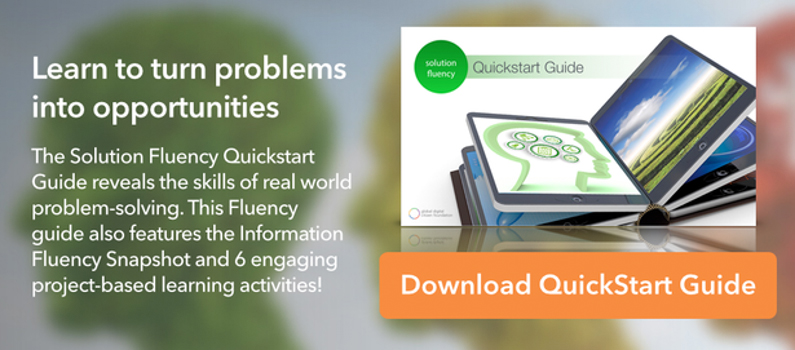How to Have Your Most Productive Meetings Ever
There's nothing that sets a better tone for teams than productive meetings. It's about time meetings were seen as positive experiences. The word "meeting" can fill some people with dread. There seems to be a certain stigma attached to it. It's often seen as an arena for wasting time.
Luckily it doesn't have to be. Well-planned and managed meetings make everybody better. They are windows for sharing knowledge, ideas, and opinions in a forward-thinking way.
You know when you've walked out of a great meeting. You're inspired and empowered. You have a stronger sense of personal and group values. You feel like you've learned something important. Also, you feel like you've been heard. Most importantly, it feels like everybody's on the same wavelength. You know you're all moving forward together.
No matter if you're in a business or an educational setting, productive meetings are a must. For any team working under the same roof, harmony in action and clarity of vision are achievable. For that to happen, meetings must become effective team-building exercises.
Having Productive Meetings Every Time
No matter the case, productive meetings can happen every time you circle up. Here are some tips on how to make them happen.
Stick to a Schedule
There should always be a clear purpose for each meeting you have. Do you need pressing questions answered? Do you need to engineer a solution to a complex problem? Do you need to refresh continuing communication between team members? Maybe it's all of these things.
Agendas and schedules are essential to holding productive meetings. Making it up as you go isn't an economical use of anyone's time, and leads to chaos. Think ahead about what the meeting is about and why it's important. Then create structure that's written in stone. This includes things like:
- meeting date
- departments involved
- main focus of meeting
- list of all attendees
- estimated length of meeting (overestimate if possible)
- discussion topics, questions, discussion leaders
- time devoted to each topic
Send this list out in advance of the meeting, at least a few days. This will give people time to prepare and think about what they want to bring up. Ask for confirmation from attendees as well. This way, you have time to reschedule if necessary.
Establish the Mood
How is everyone looking and feeling when they enter the room? Is everyone happy? Do some seem distracted or preoccupied? Are some just plain unhappy? Closely observe everyone who comes in to attend the meeting. Make a mental note of what you observe.
Now simply give everyone a minute or two to settle. Let them get comfortable and relax. Allow them to set up whatever materials or personal devices they have, or to put them away. Give people a minute to socialize and chat. The point here is to make sure everyone does all this stuff now. There's less chance of it happening during the meeting. Then, start on time.
Begin With the Positive
Ask attendees to share some good news. What positive thing happened to them today in the school? Is there something they want to celebrate? It doesn't matter how big or small it is. Go around the table and let each attendee contribute if they want. This sets the tone for moving forward in a positive way.
Some people don't enjoy the idle chatting. This is perfectly fine; you've got people who want to get down to business. It's a good sign. You can still begin the meeting with a chat session like this. It brings everyone into a mindset of possibility.
Incorporate Solution Fluency
Use Solution Fluency as a set of exploratory guidelines for any meeting. The 6Ds apply to the smallest and largest of tasks. It's the formula for hosting productive meetings that get results. Here's a simple breakdown:
Define: Establish purpose, problem, focus, and challenge. What do we want to accomplish/address/overcome?
Discover: Discuss and confirm what is known and what is needed. What do we need to do/learn/change to make this happen?
Dream: State your perfect ideal solution and visualize it. What's our best-case scenario for an end goal?
Design: Begin the work of creating the solution to your challenge. How will we proceed to make this end goal a reality?
Deliver: Finalize the solution and establish action steps. How do we practically apply our plan of action?
Debrief: Check in with everyone, answer questions, and conclude on a positive note. What have we resolved/answered/determined, and are we all satisfied?
Remain Positively Charged
This one's important to morale and productivity both. Too many meetings can quickly degenerate into griping sessions. People will always come to a meeting armed with problems. They should also be encouraged to come armed with solutions. Let everyone know that the meeting is intended to bring a great team with great ideas together. Caring is contagious.
Provide Necessary Materials
It can be annoying when there's nothing on hand to give out. People often don't like to chase links and emails to get handouts or transcripts when they can grab them at the meeting. Besides, online access can be faulty and hard to manage between people. Have hard copies of crucial materials on hand to distribute to those who want them. You can also email links to materials after the fact if you still want to.
Conclude Constructively
This is the Debrief part of Solution Fluency. It's perhaps the most important facet of any sort of productive meetings. Ensure that everyone leaves with a sense of purpose and accomplishment. Ask questions like:
- Have we resolved what we gathered to resolve? If not, why not?
- Are there any other questions/comments/concerns?
- Is everyone clear on the next steps? If not, what are we missing?
- Is everyone feeling a sense of accomplishment and satisfaction?
- Do we require additional meetings or followups? When should they happen?



